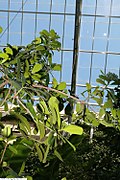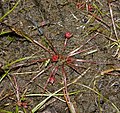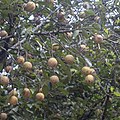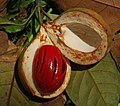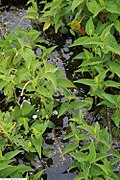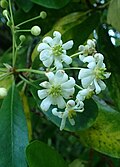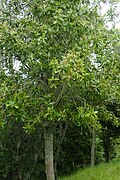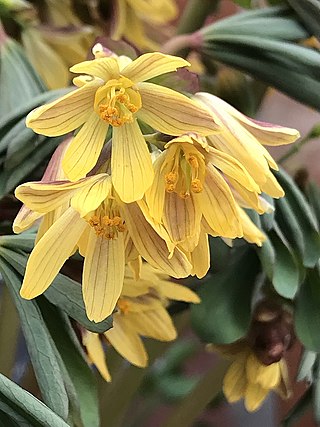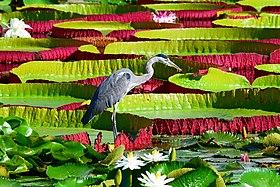
| Flowering plant families (APG IV) | |||||
|---|---|---|---|---|---|
| Early-diverging flowering plants | |||||
| Monocots: Alismatids • Commelinids • Lilioids | |||||
Eudicots
|
There are 27 families of flowering plants whose earliest ancestors diverged from what became the two most prominent groups of flowering plants, the eudicots and monocots. [1] [lower-alpha 1] They are quite diverse, with woody and non-woody plants, evergreen and deciduous shrubs and trees, and plants that grow in soil, in water and on other plants. [5]
Contents
Victoria amazonica has the largest undivided leaf of any plant, up to 2.65 m (8 ft 8 in) in diameter. The parasitic genera Hydnora and Prosopanche are the only flowering plants with no evidence of leaves or scales. Myristica fragrans , the source of nutmeg, was important in the 17th-century spice trade. Amborella may represent the earliest-diverging order of flowering plants. [6]














